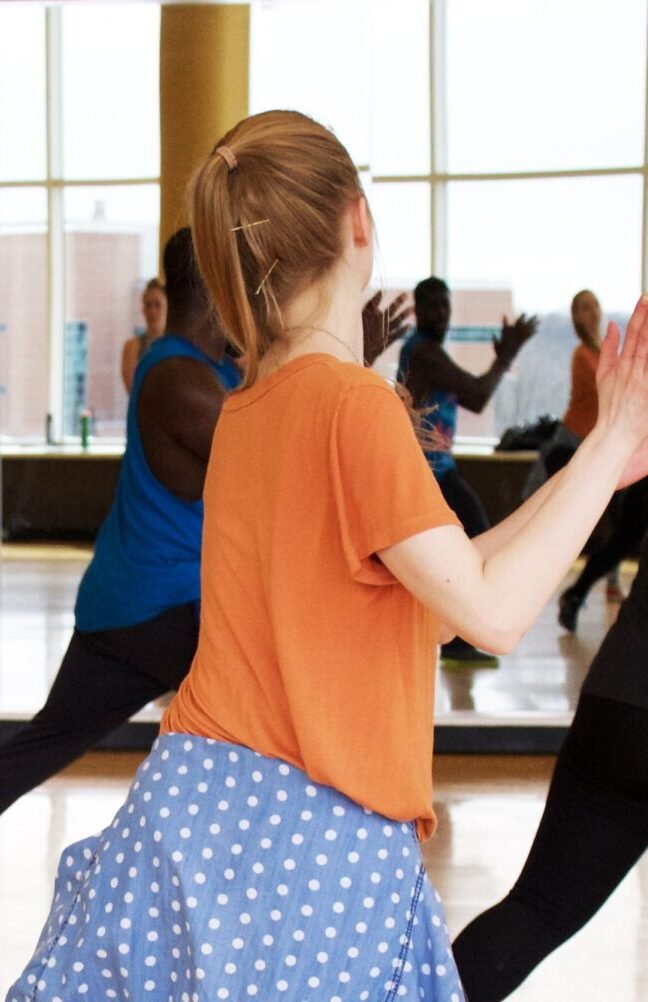
The Power of Visualization Exercises: A Guide to Progressive Muscle Visualization
Introduction
Visualization exercises are a powerful tool for improving mental and physical well-being. They involve using the imagination to create vivid mental images that promote relaxation, reduce stress, and enhance overall well-being. One popular form of visualization exercise is Progressive Muscle Visualization (PMV), which combines relaxation techniques with the visualization of muscle relaxation. In this article, we will explore what PMV is, its benefits, and how it can help with stress and insomnia.
What is Progressive Muscle Visualization?
Progressive Muscle Visualization (PMV) is a relaxation technique that involves systematically tensing and relaxing different muscle groups while simultaneously visualizing the process. By focusing on each muscle group and mentally picturing it relaxing, individuals can experience a deep sense of relaxation and release tension from their bodies. PMV is often used in combination with deep breathing exercises and guided imagery to enhance its effectiveness.
Script of PMV
To practice PMV, find a quiet and comfortable space where you can relax without distractions. Close your eyes and take a few deep breaths to center yourself. Begin by focusing on your toes, tensing the muscles in your feet and then slowly releasing the tension while visualizing the muscles becoming loose and relaxed. Move up through your body, repeating this process with each muscle group, including your legs, abdomen, chest, arms, shoulders, neck, and face. Take your time with each muscle group, allowing yourself to fully experience the relaxation and visualization.
Benefits of Progressive Muscle Visualization
1. Stress reduction: PMV can help reduce stress by promoting relaxation and releasing tension from the body. By visualizing the muscles relaxing, individuals can experience a sense of calmness and tranquility.
2. Muscle relaxation: PMV is particularly effective in promoting muscle relaxation. By systematically tensing and releasing each muscle group, individuals can improve their awareness of muscle tension and learn to let go of it.
3. Improved sleep: PMV can be beneficial for those struggling with insomnia. By practicing PMV before bedtime, individuals can relax their bodies and minds, making it easier to fall asleep and experience a more restful night’s sleep.
4. Increased self-awareness: Through the practice of PMV, individuals can develop a heightened sense of self-awareness. By paying attention to the sensations in each muscle group and visualizing their relaxation, individuals can become more attuned to their bodies and better able to recognize and manage tension and stress.
Progressive Visualization for Stress and Insomnia
Progressive visualization exercises can be particularly helpful for managing stress and insomnia. By combining PMV with specific visualizations, individuals can enhance the relaxation response and promote a sense of calmness.
For stress relief, consider visualizing a peaceful and serene setting, such as a beach or a forest. Imagine yourself in this tranquil environment, feeling the warmth of the sun, hearing the gentle sounds of nature, and experiencing a deep sense of relaxation.
For insomnia, focus on visualizing a comfortable and cozy bedroom. Picture yourself lying in bed, surrounded by soft pillows and blankets. Imagine the feeling of sinking into the mattress and the sensation of your body becoming heavier and more relaxed with each breath.
Conclusion
Progressive Muscle Visualization is a valuable tool for promoting relaxation, reducing stress, and improving overall well-being. By combining muscle relaxation techniques with visualizations, individuals can experience a deep sense of calmness and release tension from their bodies. Whether used for stress relief, insomnia management, or simply to enhance self-awareness, PMV can be a beneficial practice for anyone seeking to improve their mental and physical well-being.
Learn More
